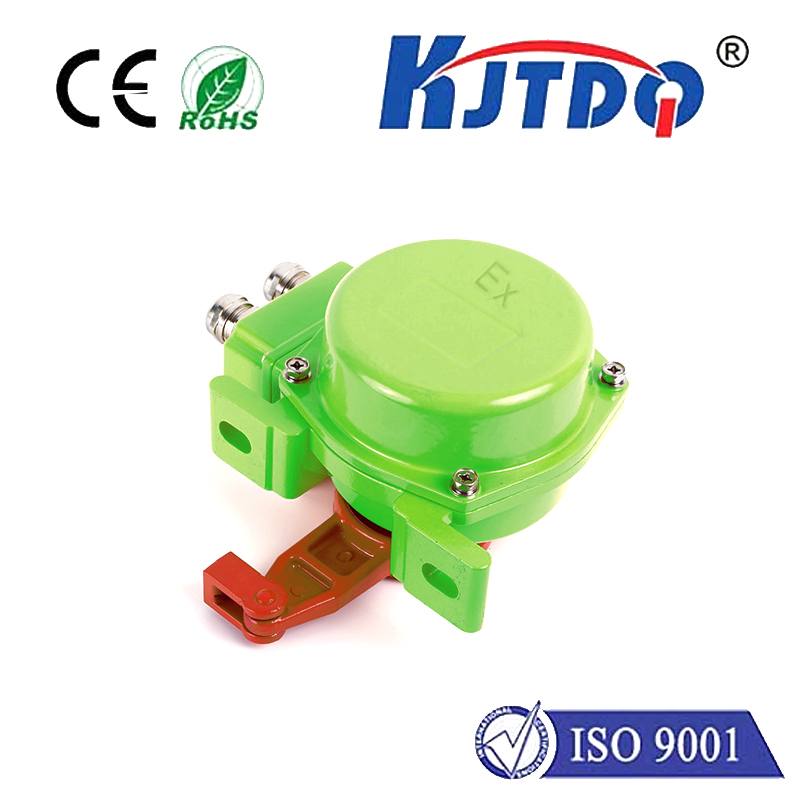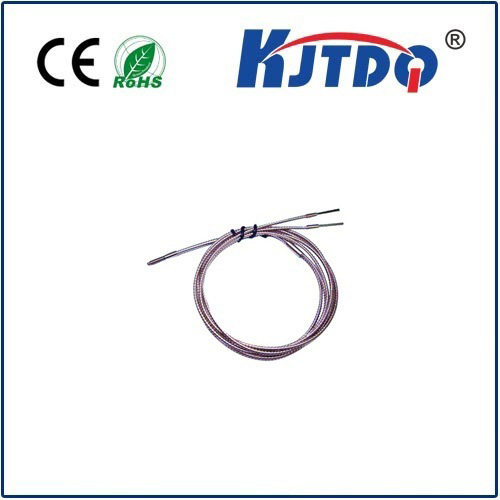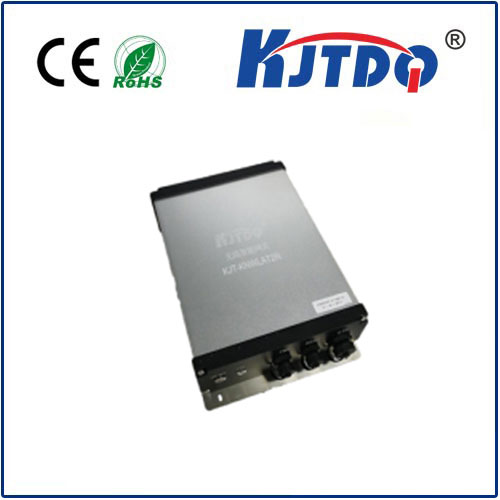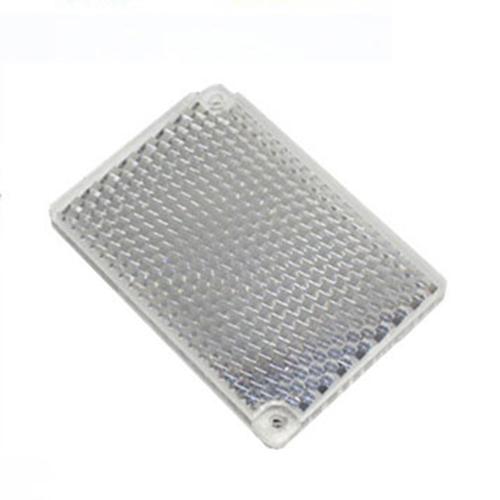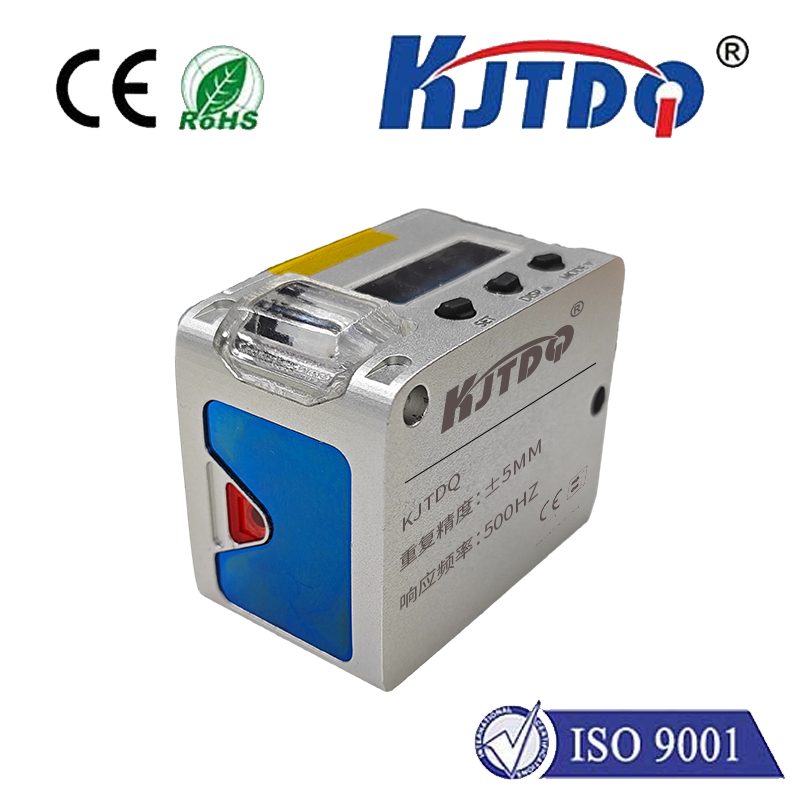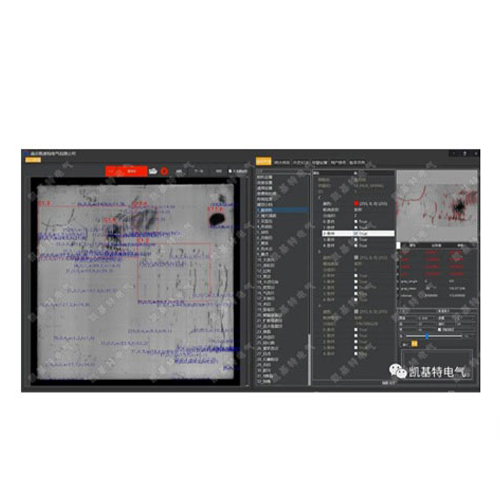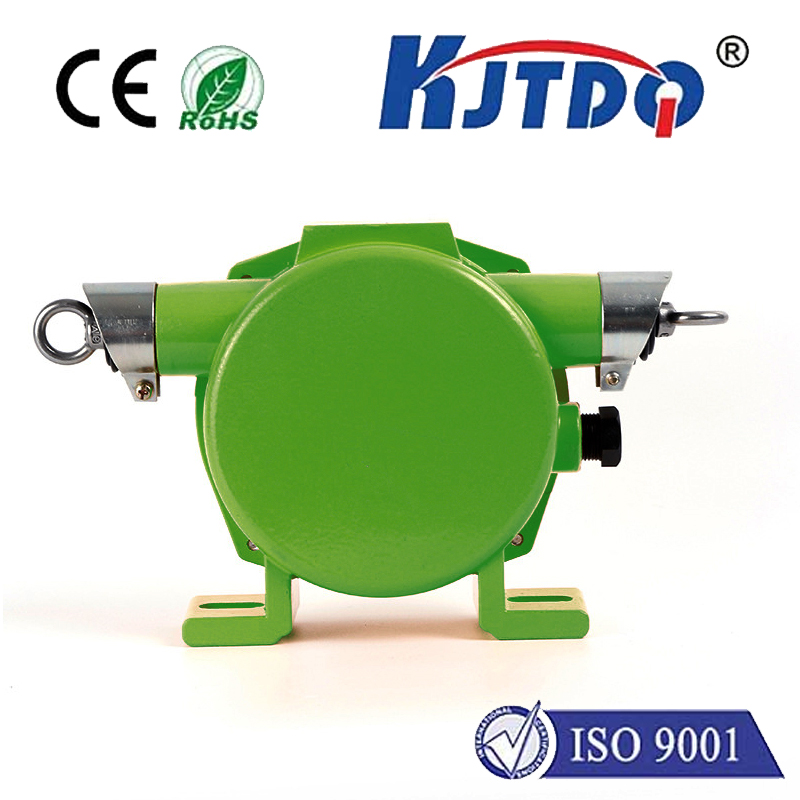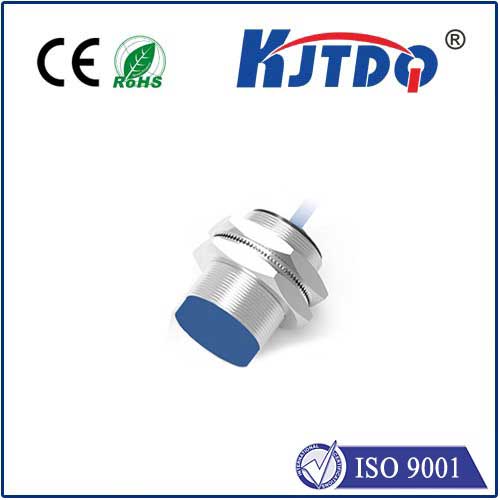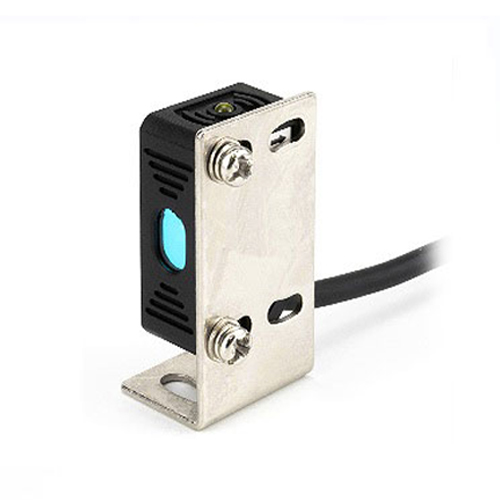индуктивный датчик проводимости
- time:2025-06-12 18:07:11
- Нажмите:0
Understanding Inductive Conductivity Sensors: The Contactless Solution for Harsh Environments
Conductivity measurement is fundamental across countless industries, from monitoring water purity to controlling chemical processes. While traditional contacting sensors have served well for decades, they often falter when faced with aggressive, dirty, or coating-prone media. This is where inductive conductivity sensors, also known as toroidal or electrodeless sensors, shine. They offer a robust, virtually maintenance-free solution precisely where other sensors struggle. But how do these contactless marvels actually work, and what makes them so indispensable?
The core principle underlying an индуктивный датчик проводимости is electromagnetic induction, governed by Faraday’s Law. Unlike contacting sensors that measure electrical resistance directly between submerged electrodes, inductive sensors operate without any direct electrical contact with the process fluid. This key difference is their superpower.
Breaking Down the Toroidal Design:
At the heart of these sensors are typically two precision wire coils encased within a chemically resistant, inert plastic body (like PEEK or PTFE) and shaped into a toroid (doughnut shape).

- The Transmitter Coil: An alternating current (AC) is driven through this first coil. This flowing AC current generates an alternating magnetic field that permeates the inside of the toroid and extends slightly into the surrounding process fluid.
- The Receiver Coil: Positioned close to the transmitter coil but electrically isolated, this second coil acts as a detector.
- The Fluid as a Conductor: When the process fluid flows through or surrounds the central bore of the toroid, it finds itself within this oscillating magnetic field. If the fluid is conductive, eddy currents are induced within it.
- Induced Current Detection: These induced eddy currents, flowing through the conductive fluid, themselves generate a secondary, opposing magnetic field. This secondary field couples with the receiver coil.
- The Measurable Signal: The interaction of the primary magnetic field (from the transmitter) and the secondary field (from the eddy currents) induces a measurable AC current within the receiver coil. Critically, the strength of this induced current in the receiver coil is directly proportional to the electrical conductivity of the process fluid.
Why Choose Inductive Conductivity Measurement? The Compelling Advantages:
The unique operating principle translates into several significant operational benefits, particularly in challenging applications:
- Immunity to Fouling & Coating: This is arguably their greatest strength. Since there are no exposed electrodes making direct electrical contact with the fluid, oils, greases, suspended solids, slimes, or scaling minerals cannot coat or block the sensing surfaces. The sensor continues to provide accurate readings even as layers build up on the outer body. This drastically reduces maintenance headaches and calibration frequency.
- Exceptional Corrosion Resistance: The sensing elements (coils) are completely encapsulated within a chemically inert plastic body. Only this plastic contacts the fluid. This makes inductive conductivity sensors ideal for highly acidic, alkaline, or oxidizing media like concentrated acids, strong alkalis, bleach solutions, or chlorine-treated water, where metallic electrodes would rapidly corrode.
- Wide Conductivity Range: While very low conductivity (ultra-pure water) can be challenging, inductive sensors excel across a broad spectrum, typically from mid-range (like drinking water) up to very high conductivities (concentrated acids, brines, or plating baths).
- Reduced Polarization Effects: The use of an AC excitation field and the lack of direct electrode contact minimize issues like polarization (charge build-up on electrodes), which can distort readings in traditional contacting sensors, especially at higher conductivities.
- Прочная структура: The fully encapsulated sensing element and rugged plastic body make these sensors physically durable and well-suited for demanding industrial environments, including those with high pressures or temperatures (within the material limits).
- Simpler Calibration & Maintenance: Once installed correctly, they require significantly less cleaning and calibration compared to contacting sensors, leading to lower lifetime costs of ownership.
Where Toroidal Conductivity Sensors Excel: Key Applications
Given their strengths, inductive conductivity sensors are the preferred choice in numerous demanding scenarios:
- Wastewater Treatment: Navigating raw sewage, primary effluent, activated sludge, and digesters – environments notorious for fouling with solids, grease, and biological growth.
- Chemical Processing: Handling concentrated acids (sulfuric, hydrochloric), strong bases (caustic soda), aggressive solvents, or corrosive intermediates where electrode corrosion is a constant battle.
- Power Generation: Monitoring boiler blowdown water, cooling water conductivity, and feedwater purity, often dealing with high temperatures and scaling potential.
- Pulp & Paper Production: Controlling processes involving corrosive liquors (black/green/white liquor) and pulp slurries prone to coating and abrasion.
- Food & Beverage: CIP (Clean-in-Place) solutions often use caustic and acidic detergents at high concentrations and temperatures; inductive sensors reliably track concentration without fouling.
- Desalination & Brine Management: Measuring high-concentration salt solutions and brines, where scaling and corrosion are major issues for contacting sensors.
- HVAC & Cooling Systems: Monitoring inhibitor concentration and overall water quality in closed/open loops potentially exposed to scaling minerals.
Important Considerations: Maximizing Performance
While incredibly robust, optimal performance requires understanding their nuances:
- Requires Minimum Conductivity: Inductive sensors need the fluid to be conductive enough to generate sufficient eddy currents for measurable signal induction. They are generally not suitable for ultra-pure water applications (
- Temperature Compensation: Like all conductivity measurements, temperature significantly affects readings. High-quality sensors integrate robust temperature compensation algorithms (often using a built-in RTD) to provide conductivity values referenced to a standard temperature (usually 25°C).
- Flow Sensitivity: The measurement principle is essentially volumetric. While less sensitive than contacting cells to very low flow, extremely low or stagnant flow in the sensor bore can sometimes lead to stratification or localized temperature differences affecting accuracy. Ensuring adequate flow past the sensor body is generally recommended.
- Installation Matters: Proper installation ensures the sensor body is fully wetted and avoids air bubbles trapped in the bore, which can disrupt the magnetic field path and cause errors. Proper grounding of the transmitter/analyzer is also crucial.
In essence, inductive conductivity sensors provide an ingenious solution to the limitations of contacting electrodes. By leveraging electromagnetic induction within a toroidal sensor design, they deliver reliable, low-maintenance conductivity measurement precisely where it’s needed most – in the harsh, corrosive, and fouling-prone environments that define so many critical industrial processes. Their contactless measurement capability, inherent corrosion resistance, and robust construction make them an indispensable tool for ensuring process control, product quality, and operational efficiency where other sensors simply can’t endure.

